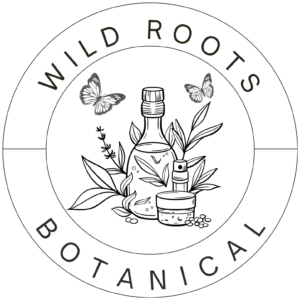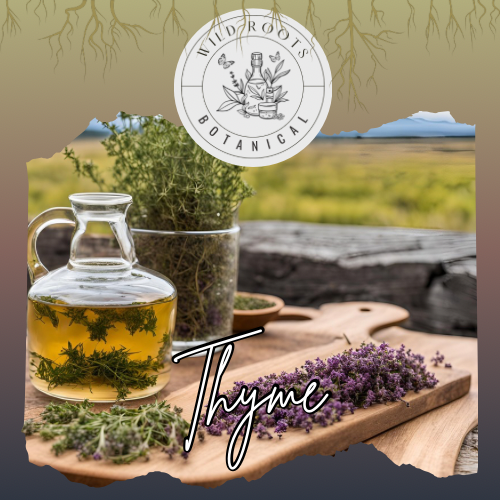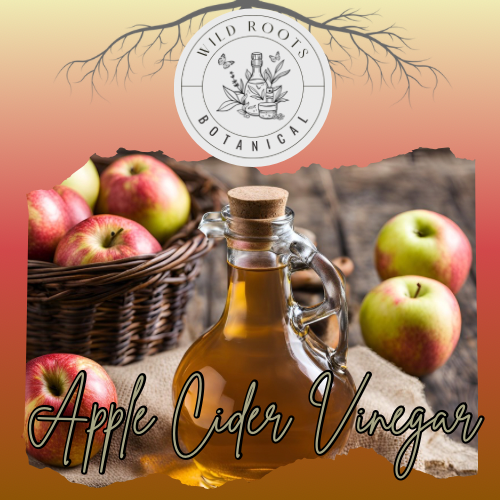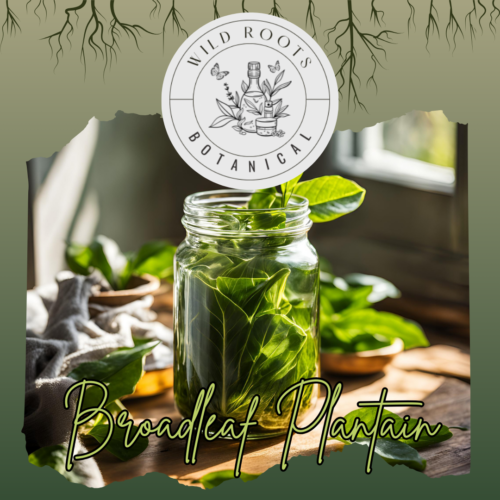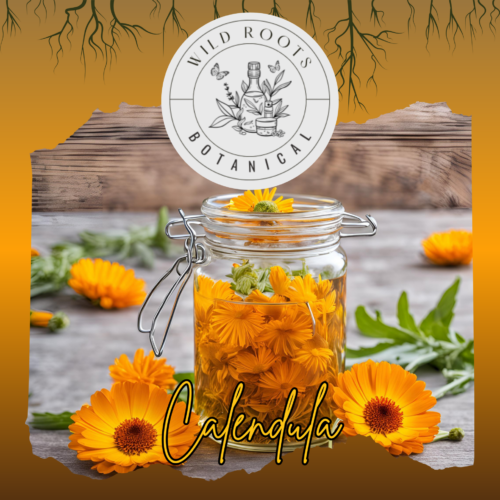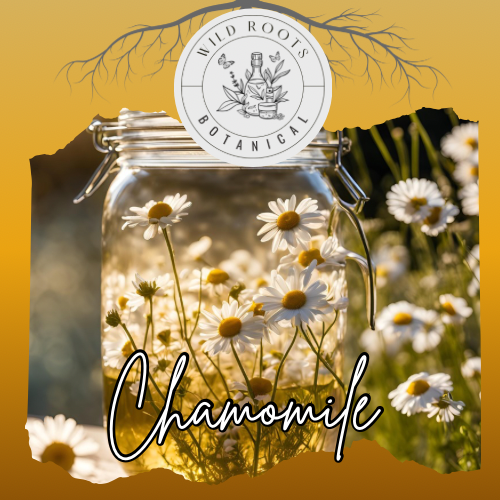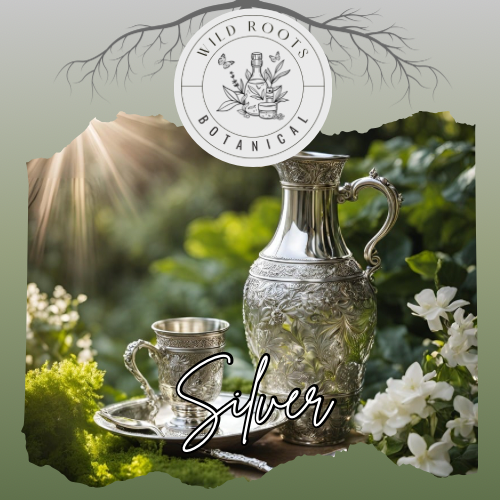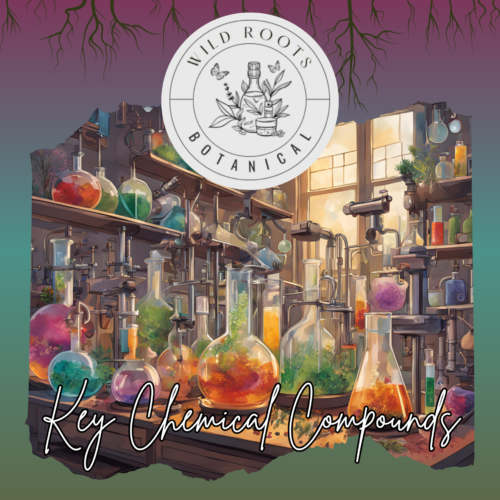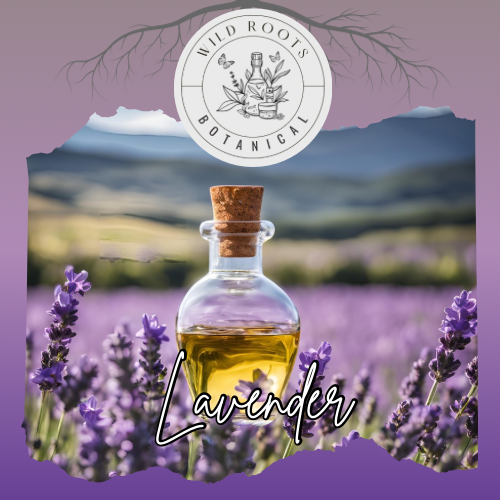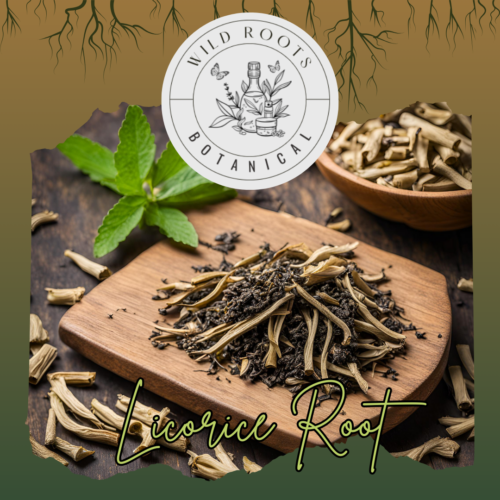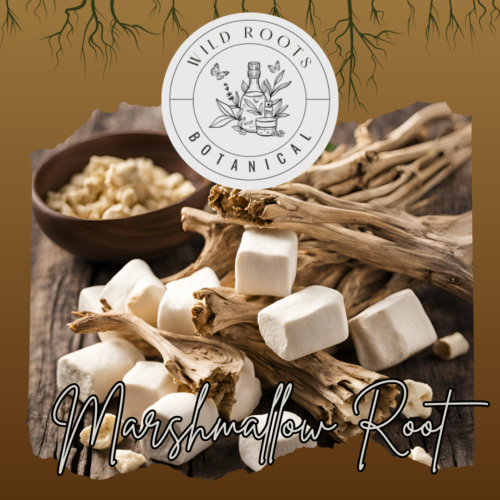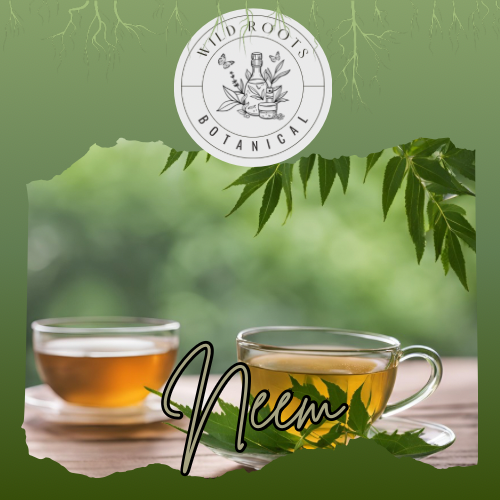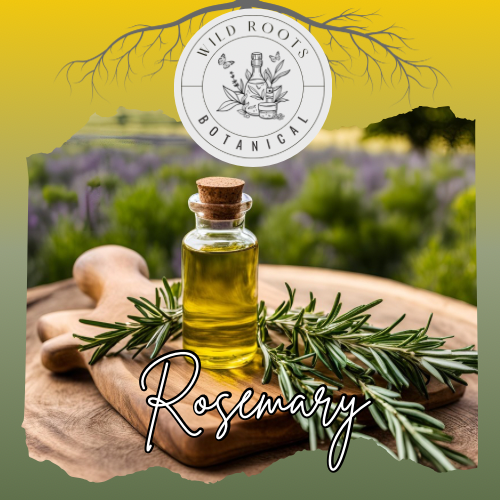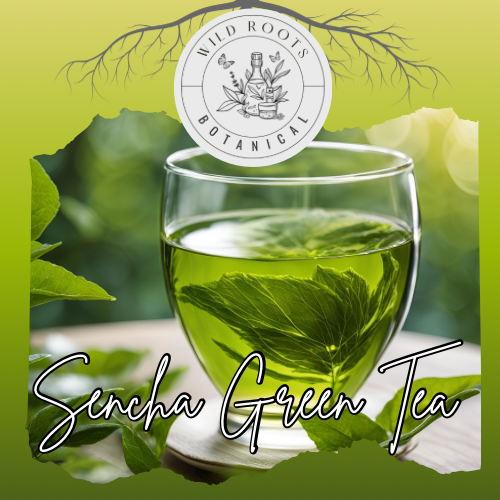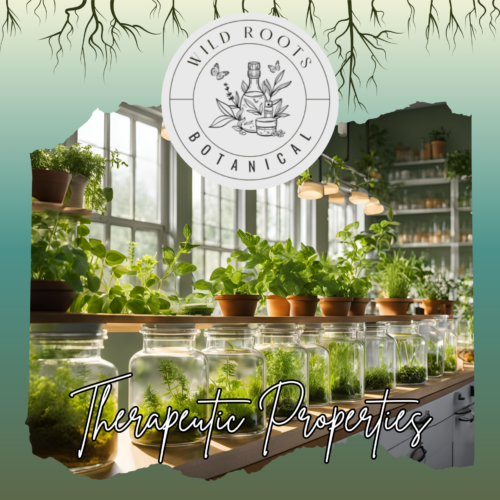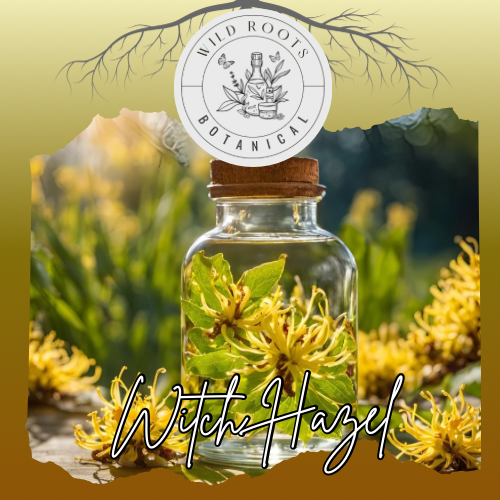Thyme: Ancient Mediterranean Healer – A Comprehensive Guide
Introduction
Thymus vulgaris, commonly known as thyme, has been a cornerstone of Mediterranean cuisine and medicine for thousands of years. This aromatic herb, nicknamed “courage” by the ancient Romans, has played vital roles in history – from Egyptian embalming to medieval plague prevention.
Historical Journey
Ancient Origins
Dating back to ancient Egypt, thyme was used in embalming practices and as a medicinal herb. The Greeks burned it as incense in temples, believing it was a source of courage. Romans spread its use throughout Europe, incorporating it into their cuisine and purification rituals.
Medieval Period
During the Middle Ages, thyme was:
- Placed beneath pillows to ward off nightmares
- Used to protect against the plague
- Given to knights as a symbol of courage
- Burned as a purifying incense
Scientific Understanding
Chemical Composition
Key active compounds include:
- Thymol
- Carvacrol
- p-Cymene
- γ-Terpinene
- Linalool
- Borneol
- Essential oils
Evidence-Based Benefits
Antimicrobial Properties
Research demonstrates effectiveness against:
- Bacteria
- Fungi
- Viruses
- Parasites
Respiratory Health
Studies show benefits for:
- Bronchitis
- Coughs
- Upper respiratory infections
- Congestion
Modern Applications
Medical Uses
Contemporary applications include:
- Respiratory support
- Antimicrobial treatments
- Digestive aid
- Skin care
Culinary Uses
Essential in:
- Mediterranean cuisine
- Herb blends
- Meat preservation
- Flavoring agents
Growing and Harvesting
Cultivation
Growing requirements:
- Full sun
- Well-draining soil
- Moderate water
- Good air circulation
Harvesting Guidelines
Best practices:
- Harvest before flowering
- Morning collection
- Regular pruning
- Sustainable methods
Traditional Uses
Medicinal Applications
Historical uses include:
- Respiratory ailments
- Digestive issues
- Wound healing
- Immune support
Household Uses
Traditional applications:
- Natural preservative
- Household cleaner
- Insect repellent
- Aromatherapy
Safety and Precautions
General Safety
While generally safe:
- Use in moderation
- Monitor for allergies
- Pregnancy considerations
- Drug interactions
Contraindications
Exercise caution with:
- Bleeding disorders
- Hormone-sensitive conditions
- Surgery preparation
- Certain medications
Modern Research
Clinical Studies
Current research focuses on:
- Antibiotic resistance
- Respiratory health
- Cancer prevention
- Antimicrobial applications
Future Directions
Promising areas include:
- Drug development
- Natural preservatives
- Antibiotic alternatives
- Environmental applications
Fun Facts
- The name comes from Greek “thymos” meaning courage or strength
- Ancient Egyptians used thyme in embalming
- Medieval women would give knights thyme leaves for courage
- It was used to purify medieval sick rooms
Cultivation Tips
Garden Growth
Success factors:
- Mediterranean conditions
- Regular pruning
- Companion planting
- Winter protection
Indoor Growing
Requirements:
- Bright sunlight
- Good drainage
- Air circulation
- Regular feeding
Essential Oil
Properties
Characteristics include:
- Strong antimicrobial action
- Expectorant properties
- Warming nature
- Skin-healing abilities
Safe Usage
Guidelines:
- Proper dilution
- Patch testing
- Quality sourcing
- Professional guidance
Cultural Significance
Historical Importance
Symbolic meanings:
- Courage and bravery
- Purification
- Protection
- Healing
Modern Revival
Contemporary interest in:
- Natural medicine
- Organic gardening
- Sustainable living
- Traditional wisdom
References
- Stahl-Biskup, E., & Sáez, F. (2002). “Thyme: The Genus Thymus.” CRC Press.
- Nabavi, S. M., et al. (2015). “Plants belonging to the genus Thymus as antibacterial agents: From farm to pharmacy.” Food Chemistry, 173, 339-347.
- Fachini-Queiroz, F. C., et al. (2012). “Effects of thymol and carvacrol, constituents of Thymus vulgaris L. essential oil, on the inflammatory response.” Evidence-Based Complementary and Alternative Medicine.
- Prasanth, R. V., et al. (2014). “A review on Thymus vulgaris traditional uses and pharmacological properties.” Medicinal & Aromatic Plants, 3(4), 1-3.
Traditional Recipes
Thyme Honey
Ancient remedy for:
- Sore throats
- Coughs
- Immune support
- General wellness
Thyme Steam Inhalation
Traditional respiratory support:
- Fresh or dried thyme
- Hot water
- Optional: eucalyptus
- Towel for covering
